Let me tell you about that time I built a raised bed garden directly under a maple tree, and then didn’t attempt to cover it or anything as all the seeds fell in the spring. Well friend, that is how you create a maple tree garden, because as innocent as those little seeds look, they would root in a crack in the gravel. So when you have lush soil ready for planting things you actually want, they will most definitely make your garden their home.
That’s just one of my “weed” horror stories. Another is when I left all my tomatoes to die on the vine, and then on the ground. Maybe I was sick, or sad, or just lazy but I just said “be one with nature!” And then the following spring, I had 800 tomato plants just popping up completely on their own. They say tomatoes aren’t perennial plants, but that that to my flock of Early Girls!
And finally, there’s the fact that I placed my raised bed garden on top of what was once a flourishing flower garden. And despite thinking that digging everything up would be fine, they most definitely found ways to root and grow two feet up my raised gardens.
The moral of the story is that in your gardening life, you will do more weeding than you will do growing. So you better love weeding as much as you love planting and harvesting vegetables, and that’s just the hand-to-my-heart truth. But here are a few ways to make it a little easier.
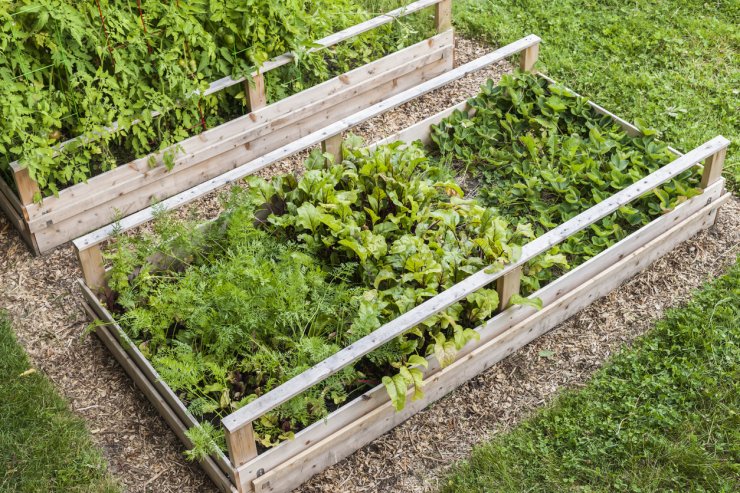
Build, Buy, or Both!
I’m one of those people who feels confident enough to put something together if you give me instructions and materials, so for me, I like the DIY kits you can buy at home and garden stores. But there are options on both sides of the spectrum from using found material in your yard (like stone and pressure-treated lumber) to ordering something completely prefabricated. The key is to use water-resistant and rot-resistant materials.
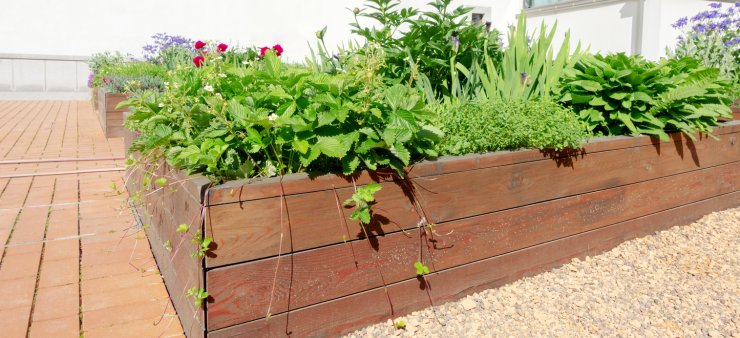
Place raised beds in a sunny area of your property
Location: Sun, Wind, and Water
Most vegetables need lots of sunlight, so it’s important to build your above ground garden in a sun-soaked area of your yard. Wind can be a real threat to raised beds, so building your above ground garden next to a house or fence will go a long way in protecting your veggies from harsh winds. You’ll want to be close enough to a water source to make regular waterings easy to do, but you don’t want to be too close to downspouts or other rain run-off areas that will make your garden too soggy.
Weed Control
Once you’ve planned and prepared your above ground garden, it’s time to focus on weed control. Here are a few of my favorite strategies.
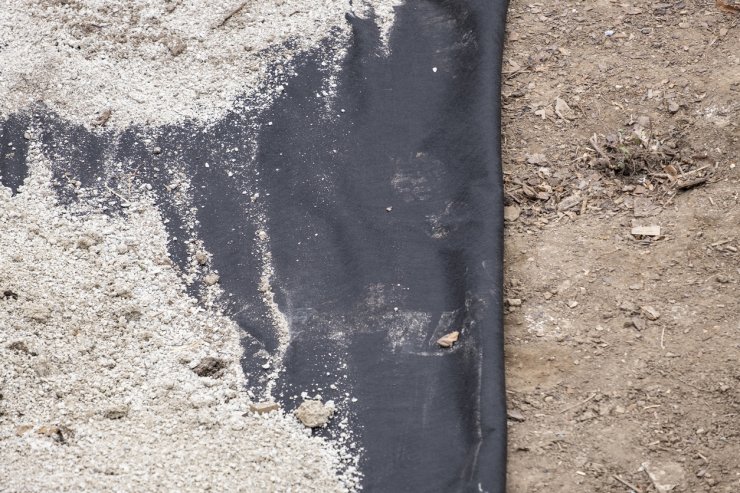
Landscaping fabric acts as a soil barrier.
Install a soil barrier.
Line the bottom of your above ground garden with landscape fabric or newspaper and cardboard. Landscaping fabric will last a few years or until it is dug up.
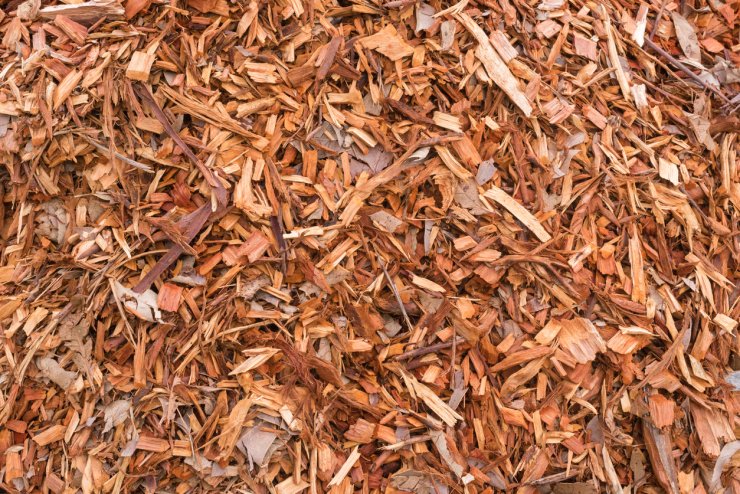
Mulch for the raised beds.
Use mulch.
Mulch can come in many forms, including wood chips, pebbles, grass clippings and straw. Two to three inches is best and the type of mulch used depends on the type of crop you plant.
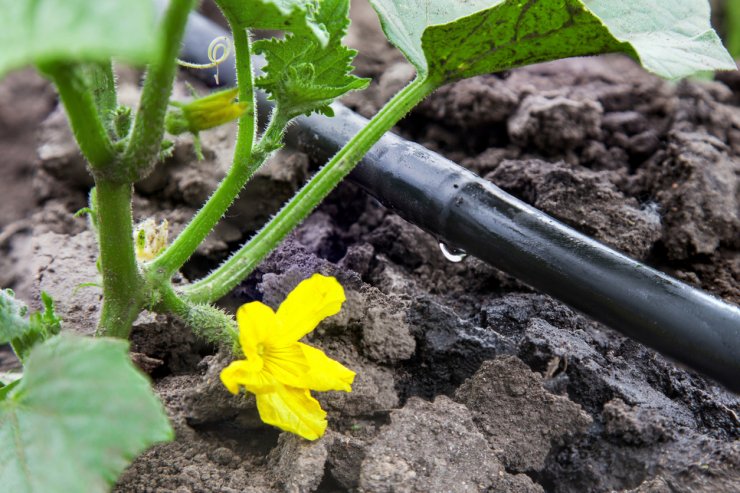
Drip irrigation system
Consider drip irrigation.
Stop weeds from growing by cutting off their water supplies. Rather than watering your garden by spraying the surface, set up a drip irrigation system that will get water to your crops and not to the surface weeds.
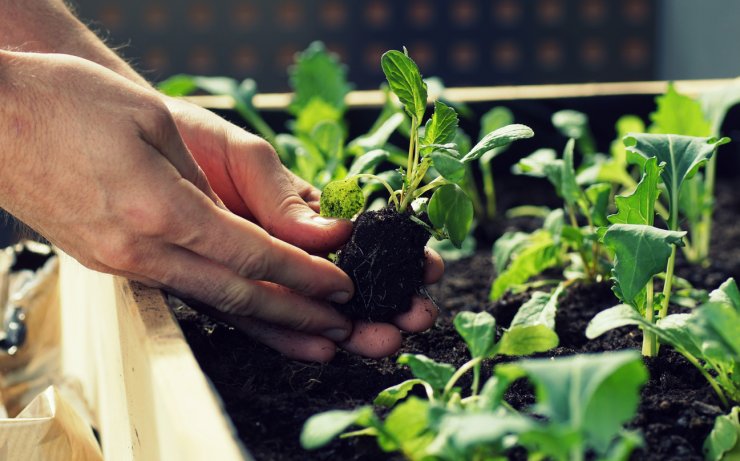
Crops can be spaced closer together in raised beds than in open land.
Reduce crop spacing.
Keeping some of your crops close together can prevent weeds from having space to grow. It’s a delicate balance, though, and you have to avoid overcrowding certain vegetables.
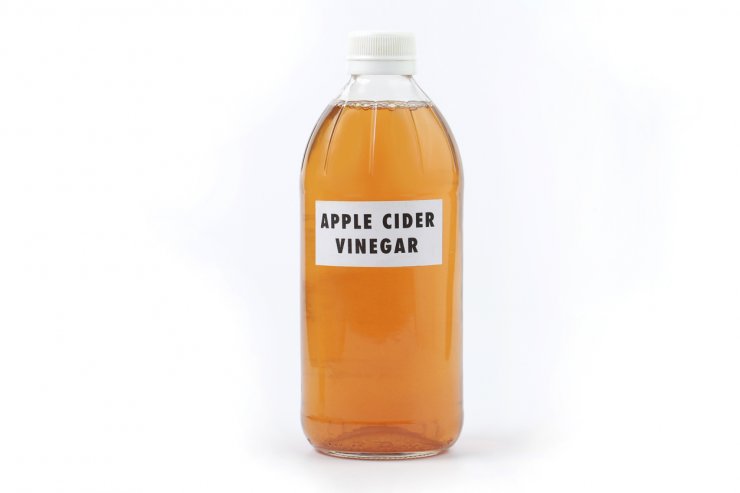
Vinegar will work as a weed killer.
Use a simple, non-toxic weed killer like vinegar.
You can use household vinegar or gardening vinegar (a bit more acidic) to spray onto weeds to kill them. It’s important to only spray weeds with vinegar as it will also kill your vegetable crops if you’re not careful.
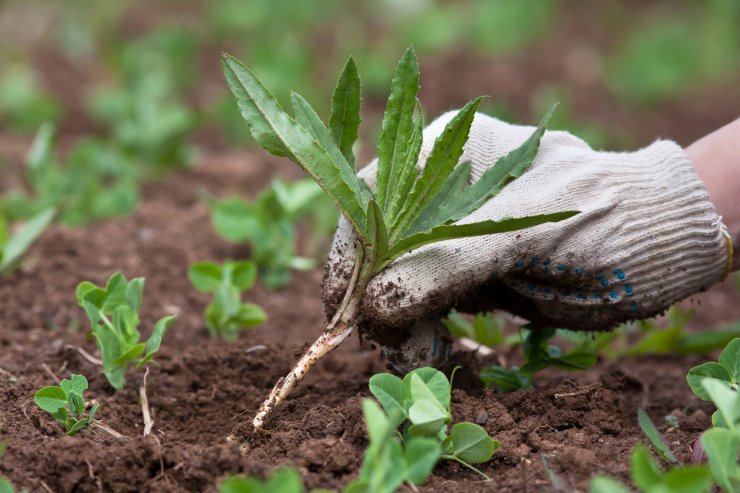
Weeds can occur even in raised beds. Spend time removing weeds each day to prevent spread.
Spend a few minutes a day plucking the early weeds.
I know it’s easy to say, but I promise, if you can commit five to ten minutes a day, you’ll be in the best position to stop weeds before they become pervasive. And that will save you a ton of time in the long run.
What is your favorite crop to plant in your above ground garden? I’d love to hear about your raised garden beds, and any tricks you’ve used for weed prevention.


 Previous
Previous


I have always used the cardboard “trays” that I bought home the plants in between my rows to ward off weeds and allow me to walk with no soil on my shoes. The cardboard helps retain moisture at the ground level and I change it every year. Just checking that there’s nothing wrong with this. Thanks
Hi, Amanda, I gave up on landscape fabric. We had some landscaping done around here several years ago. They put that stuff down. It wasn’t long before weeds began coming up through it. When I replanted, that stuff was in the way. Now, I’m having to tare all that stuff out and just throw it in the landfill. I’d rather just stick with mulch, pulling, and/or chemical warfare.
Very interesting thanks